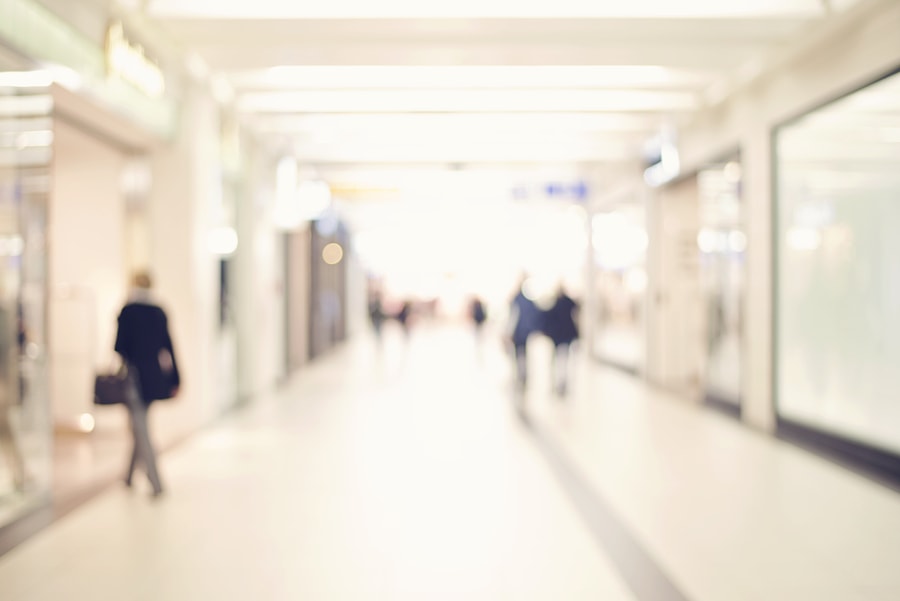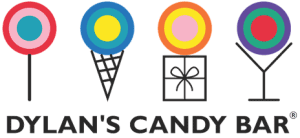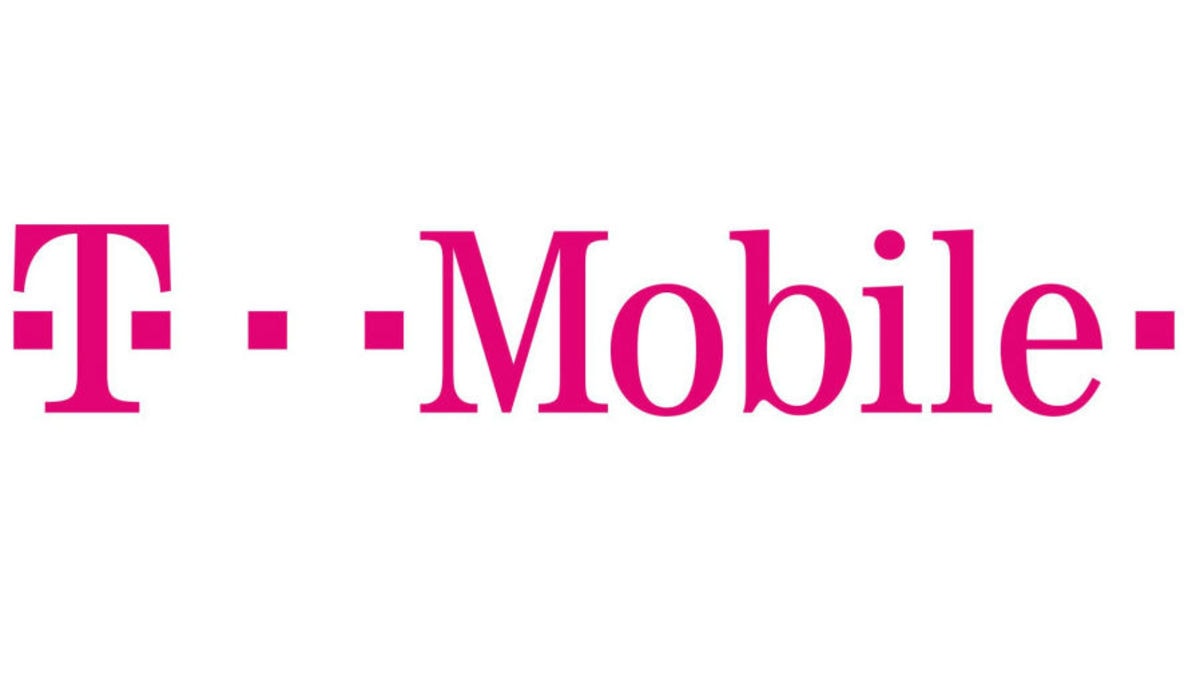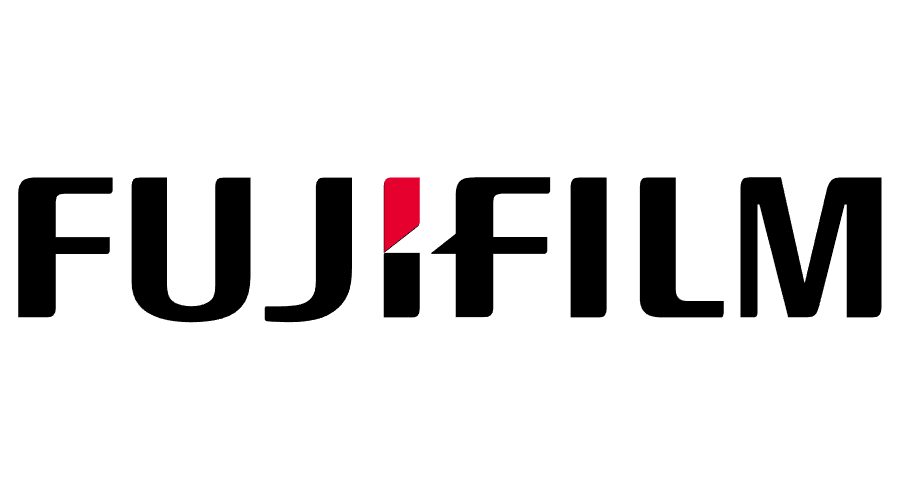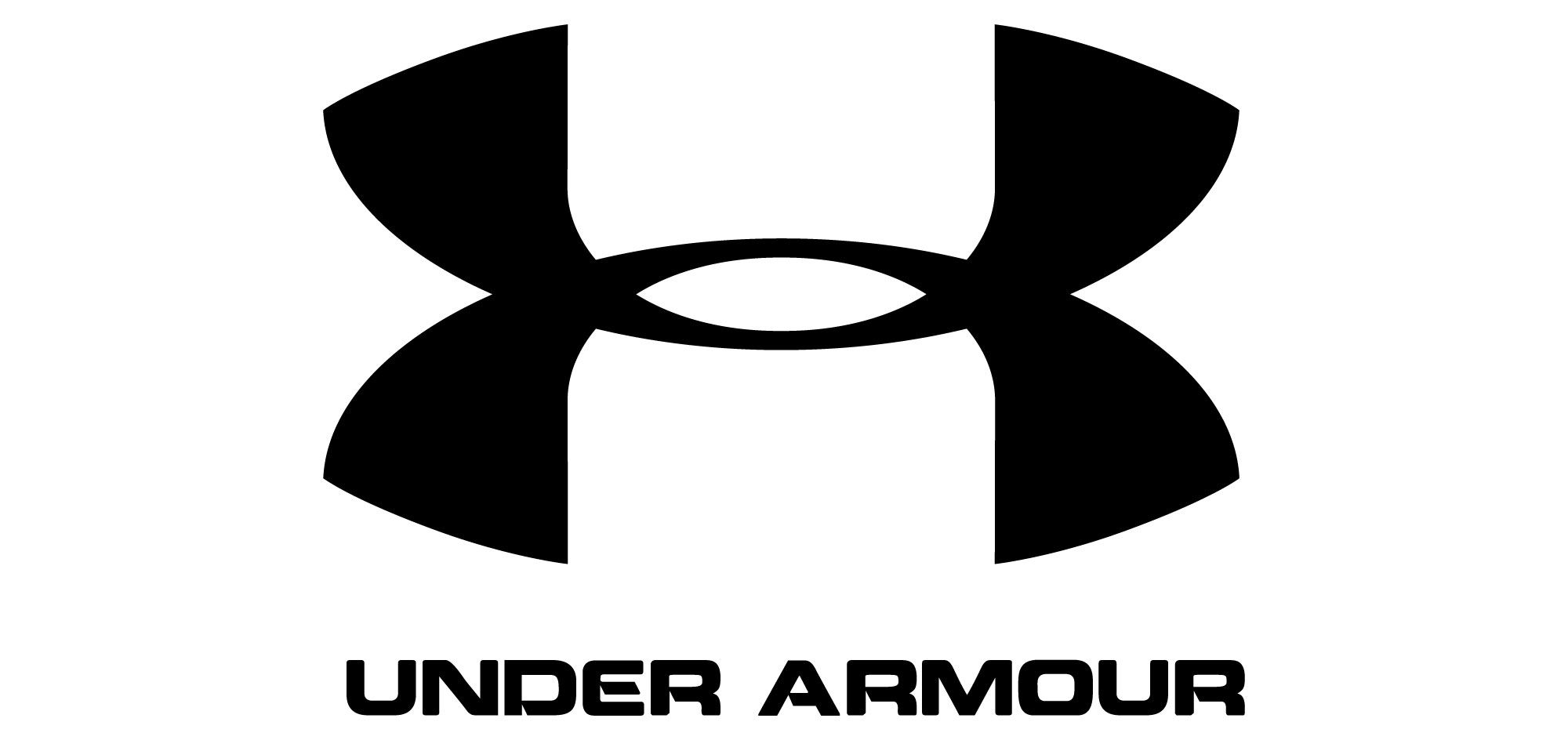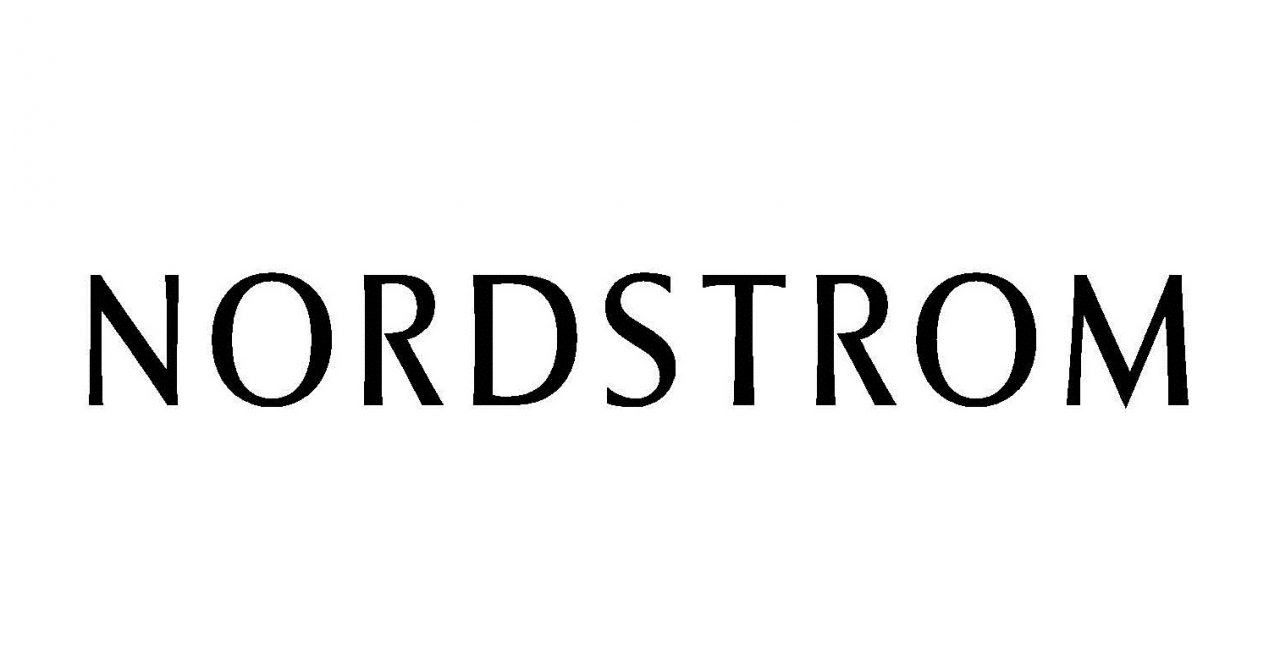Key Takeaways:
- Use High-Contrast Colors: To make your retail signage stand out, opt for high-contrast color combinations that attract attention. Colors like black and white, or bright colors against darker backgrounds, ensure that your signs are legible from a distance and draw customers' eyes to them.
- Strategic Placement: Place your signs at eye level or in high-traffic areas to maximize visibility. Positioning signage near entrances, checkout counters, or product displays helps guide customers to important information and encourages engagement with your store.
- Effective Lighting: Proper lighting is key to making your signage visible both day and night. Use spotlights, backlighting, or ambient lighting to highlight your signs, ensuring they remain noticeable in various lighting conditions.
- Simple, Clear Messaging: Avoid clutter and keep your messaging concise. Clear and direct signage with easy-to-read fonts and minimal text ensures that customers can quickly understand your message, increasing the chances of them acting on it.
- Consider Signage Size and Shape: Choose the right size and shape of signage based on your store's layout and target audience. Larger signs are ideal for attracting attention from a distance, while smaller signs can be used for more detailed information close to products or displays.
Just how visible is your retail signage? No matter how perfectly designed or cleverly written your signage is, it will ultimately have very little effect on your store’s traffic or sales if it isn’t visible.
Visibility is the key to success in retail signage. Signs that are located in areas which are highly visible almost always outperform their counterparts in quieter, less easily noticeable locations.
The difference between a highly visible sign and one that’s barely noticed isn’t just a two or three-fold increase in foot traffic. In many cases, a highly visible sign can lead to an exponential increase in the number of people that visit your retail store.
There are many ways to make your signage more visible, from changing its location to using high-visibility color combinations. Read on to discover five ways to increase your signage’s visibility and generate more traffic for your retail business.
Understand the importance of location
The location of your signage can have a huge impact on its effectiveness. Signs that are hidden away from view are unlikely to attract much attention and less likely to have any real impact on your retail store’s foot traffic.
The greater the number of people that pass by your sign, the more people will see it and take action. Even a poorly designed sign will usually generate a good response if it’s placed in an area that receives a lot of foot or vehicle traffic.
Scan the area around your retail store to determine which location is best for your retail signage. The difference between one location and another can often be a four, five or 10 times increase in the amount of foot traffic your signage generates.
Keep your signage copy short and simple
The more complicated your copy is, the longer it takes to read. The longer your copy takes to read, the fewer people will stop to read it. People don’t want to read a long, complicated message when they stop on the street, so don’t give them one.
Short, simple copy that immediately communicates your message is almost always a more effective option than a long, complicated message. Remember that you have an extremely limited amount of time to reach each customer, often only a few seconds.
Aim for the two-second rule: passersby should be able to read and understand your sign’s copy within two seconds or less. If your signage takes longer than this to read and understand, it’s likely going to be ignored by a significant number of people.
Use bold, crisp, clear and powerful fonts
The easier your signage is to read, the greater its response rate will be. Choosing a font that’s complex and difficult to decipher might fit your store’s brand, but it will usually hurt the effects of your retail signage.
The best fonts to use in retail signage are bold, crisp, clear and powerful. They have power and presence that makes them stand out from the crowd, but they aren’t too complex or decorated to be read easily by passersby.
Avoid using complicated or overly decorative fonts in your signage, as they’re rarely easy to read. Instead, opt for fonts that are highly visible and readable from a decent distance and free of large serifs or other stylistic elements that reduce readability.
Choose high-contrast color combinations
The greater the level of contrast in your sign, the more visible it will be. Powerful and high-contrast color combinations – such as white on black or yellow on blue – stand out from a distance and make your content leap out of its surroundings.
On the other hand, low-contrast color combinations such as white on light blue or gold on white are unlikely to stand out at all. If your sign’s content blends into the background, it’s unlikely to make much of an impression with passersby.
Choose a high-contrast color combination that matches your branding and makes noticing and reading your signage easy. At the same time, avoid overdoing it with colors that clash and make your signage readable but aesthetically unpleasing.
Optimizing Sign Holder Placements to Maximize Signage Visibility
Beyond effective design, strategic placement of sign holders plays a key role in increasing the visibility of your signage. Incorporating a variety of sign holders like tabletop holders, wall-mounted displays, and first-rate sign holders allows you to highlight promotional content, product information, and in-store messaging at different customer touchpoints.
Tabletop Sign Holders: Engage Customers at Close Range
Tabletop sign holders offer a direct and personal way to reach customers as they browse displays or approach checkout counters. By placing tabletop holders near key products, point-of-sale areas, or even along product aisles, you can promote new arrivals, seasonal discounts, or loyalty programs. These close-range displays are ideal for capturing attention, especially in high-traffic areas where customers might be deciding on last-minute purchases.
Wall-Mounted Sign Holders: Maximize Space and Visibility
In areas where floor or counter space is limited, wall-mounted sign holders can be positioned at eye level, ensuring that your signage is easily visible to everyone. These holders work well for directional signage, promotional messaging, and product highlights that need to be consistently visible to passing customers. Placing wall-mounted displays near entrances or along frequently traveled paths within your store helps guide customers and keeps important information accessible without cluttering surfaces.
First-Rate Sign Holders: Elevate the Customer Experience
For retailers aiming to create a polished, professional atmosphere, first-rate sign holders are essential. High-quality materials like acrylic or metal lend a refined touch to your signage, boosting brand perception and ensuring your signs look organized and attractive. First-rate holders are versatile, suitable for both tabletop and wall-mounted placements, and they enhance visibility while keeping your signage secure and professionally presented.
By combining these different sign holders strategically, you ensure that your signage is visible, engaging, and optimized for a seamless customer experience.
Make your signage personal and actionable
How personal is your signage? The best marketing messages are highly personal and written to connect with their target audience. By using words like “you” and “your,” you can make your sign’s copy far more effective in achieving its goals.
People naturally respond to marketing offers that focus on them. Focus on using words that create familiarity and personality in your signage and you’ll create a deeper connection with the people you’re targeting.
At the same time, make sure action is a priority. Develop all of your signage with a clear call to action so that people know exactly what to do once they’ve understood your store’s value proposition.
FAQs
1. How can I make my retail signage more visible to customers?
To enhance visibility, use bold, clear fonts and contrasting colors that stand out against your store’s interior. Make sure your signs are strategically placed at eye level to grab attention. The design should be simple yet impactful, with a direct call to action. Using lighting and ensuring good placement increases their effectiveness.
2. What are the best materials for eye-catching retail signage?
Opt for durable materials like acrylic, wood, or metal, which can withstand wear and tear while maintaining a premium look. Use reflective or backlit materials for signs placed in low-light areas. Choose materials that complement the store’s design and enhance readability. High-quality materials ensure longevity and clarity.
3. How important is color contrast in retail signage?
Color contrast is crucial for readability, especially from a distance. Use dark text on light backgrounds or vice versa to make the message clear. High contrast colors naturally draw the eye and increase visibility, even in busy retail environments. Avoid clashing colors that might reduce legibility or distract from the message.
4. Where should I place retail signage for maximum impact?
Signage should be placed in high-traffic areas, such as store entrances, near key displays, or at checkout counters. Visibility can also be increased by using signage at strategic locations like aisles and windows. Make sure signs aren’t obstructed by displays or clutter, ensuring they remain easily noticeable.
5. How can lighting enhance the visibility of retail signage?
Proper lighting can make your signage pop, especially in dimly lit areas or at night. Use spotlights, LED backlighting, or ambient lighting to highlight signs without overpowering the space. Lighting not only increases visibility but also adds a dynamic element that draws attention. Always ensure the light enhances, not distracts, from the sign's message.

